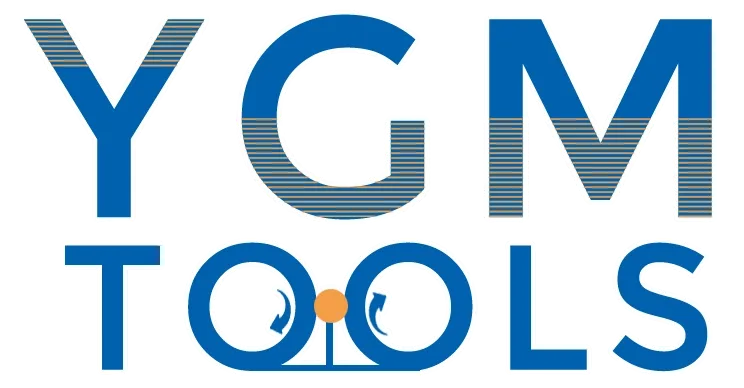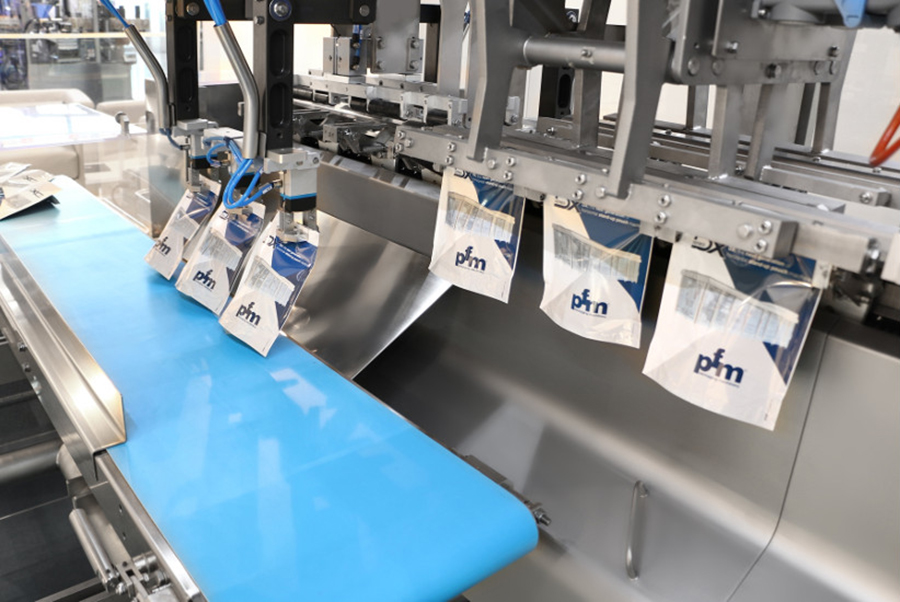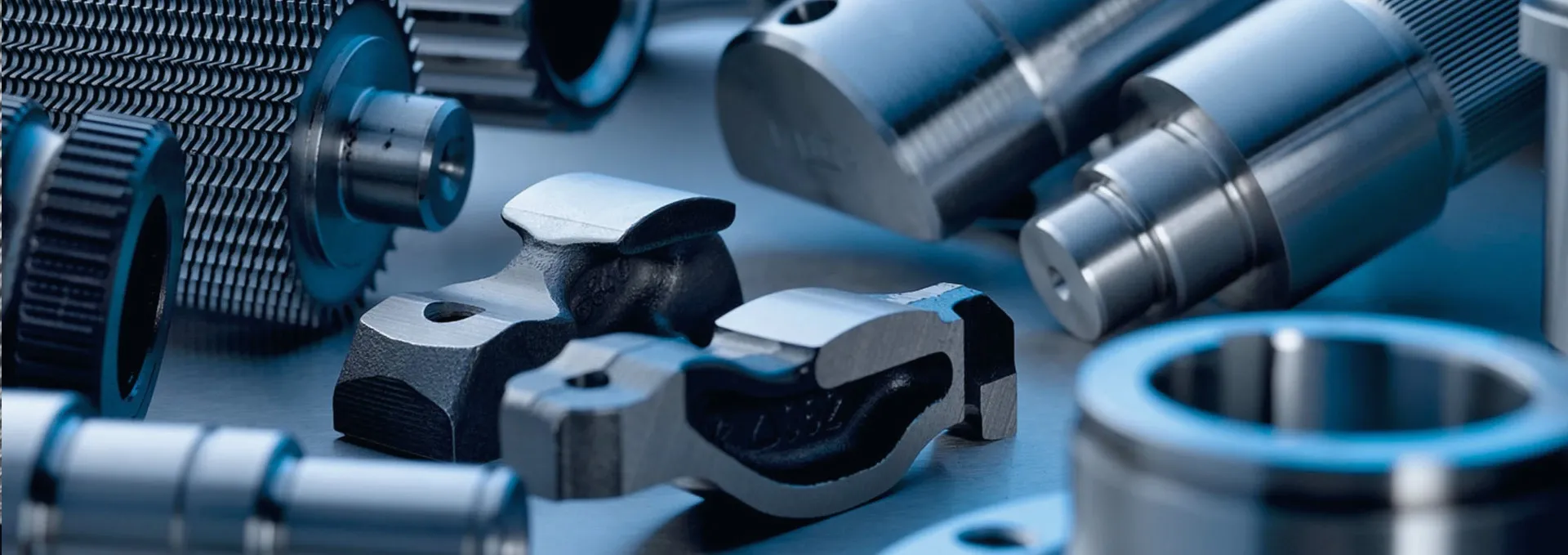
-
 Afrikaans
Afrikaans -
 Albanian
Albanian -
 Amharic
Amharic -
 Arabic
Arabic -
 Armenian
Armenian -
 Azerbaijani
Azerbaijani -
 Basque
Basque -
 Belarusian
Belarusian -
 Bengali
Bengali -
 Bosnian
Bosnian -
 Bulgarian
Bulgarian -
 Catalan
Catalan -
 Cebuano
Cebuano -
 Corsican
Corsican -
 Croatian
Croatian -
 Czech
Czech -
 Danish
Danish -
 Dutch
Dutch -
 English
English -
 Esperanto
Esperanto -
 Estonian
Estonian -
 Finnish
Finnish -
 French
French -
 Frisian
Frisian -
 Galician
Galician -
 Georgian
Georgian -
 German
German -
 Greek
Greek -
 Gujarati
Gujarati -
 Haitian Creole
Haitian Creole -
 hausa
hausa -
 hawaiian
hawaiian -
 Hebrew
Hebrew -
 Hindi
Hindi -
 Miao
Miao -
 Hungarian
Hungarian -
 Icelandic
Icelandic -
 igbo
igbo -
 Indonesian
Indonesian -
 irish
irish -
 Italian
Italian -
 Japanese
Japanese -
 Javanese
Javanese -
 Kannada
Kannada -
 kazakh
kazakh -
 Khmer
Khmer -
 Rwandese
Rwandese -
 Korean
Korean -
 Kurdish
Kurdish -
 Kyrgyz
Kyrgyz -
 Lao
Lao -
 Latin
Latin -
 Latvian
Latvian -
 Lithuanian
Lithuanian -
 Luxembourgish
Luxembourgish -
 Macedonian
Macedonian -
 Malgashi
Malgashi -
 Malay
Malay -
 Malayalam
Malayalam -
 Maltese
Maltese -
 Maori
Maori -
 Marathi
Marathi -
 Mongolian
Mongolian -
 Myanmar
Myanmar -
 Nepali
Nepali -
 Norwegian
Norwegian -
 Norwegian
Norwegian -
 Occitan
Occitan -
 Pashto
Pashto -
 Persian
Persian -
 Polish
Polish -
 Portuguese
Portuguese -
 Punjabi
Punjabi -
 Romanian
Romanian -
 Russian
Russian -
 Samoan
Samoan -
 Scottish Gaelic
Scottish Gaelic -
 Serbian
Serbian -
 Sesotho
Sesotho -
 Shona
Shona -
 Sindhi
Sindhi -
 Sinhala
Sinhala -
 Slovak
Slovak -
 Slovenian
Slovenian -
 Somali
Somali -
 Spanish
Spanish -
 Sundanese
Sundanese -
 Swahili
Swahili -
 Swedish
Swedish -
 Tagalog
Tagalog -
 Tajik
Tajik -
 Tamil
Tamil -
 Tatar
Tatar -
 Telugu
Telugu -
 Thai
Thai -
 Turkish
Turkish -
 Turkmen
Turkmen -
 Ukrainian
Ukrainian -
 Urdu
Urdu -
 Uighur
Uighur -
 Uzbek
Uzbek -
 Vietnamese
Vietnamese -
 Welsh
Welsh -
 Bantu
Bantu -
 Yiddish
Yiddish -
 Yoruba
Yoruba -
 Zulu
Zulu
Different Types of Thread Rolling in ODM Manufacturing Techniques
Understanding the Types of Thread Rolling in ODM Processes
In the landscape of manufacturing and production, the thread rolling process has become indispensable, especially for Original Design Manufacturers (ODMs). Thread rolling is a cold-forming process that creates threads on cylindrical parts, enhancing their strength and durability while also improving production efficiency. This article will explore the different types of thread rolling techniques employed in ODM processes, their applications, and advantages.
What is Thread Rolling?
Thread rolling is a method used to create threads by deforming a material rather than cutting it. This is achieved through the application of high pressure on the workpiece, which causes the material to flow and form into a threaded pattern. This technique is particularly valued for its ability to produce robust threads with superior surface finishes, minimizing the waste of raw materials.
Types of Thread Rolling Processes
1. Flat Die Thread Rolling The flat die rolling method is the most common form of thread rolling. In this process, two flat dies with the desired thread profile are placed on either side of the workpiece. As the dies are pressed together, they transmit pressure to the material. The workpiece rotates between the dies, allowing threads to form in a continuous motion. This method is often used for producing external threads on bolts, screws, and other cylindrical parts.
2. Circular Die Thread Rolling Circular die rolling involves the use of cylindrical dies that wrap around the workpiece. This process can create both external and internal threads. The workpiece spins on its axis while the dies apply pressure, resulting in a smooth and uniform thread. Circular die rolling is efficient for mass production and is commonly used in applications where high precision is required, such as aerospace and automotive components.
3. Thread Rolling with a Reciprocating Motion In this method, the dies move back and forth in a linear motion. This reciprocating technique allows for more intricate thread profiles and is especially useful for creating non-standard or custom threads. While it may have a slower production rate compared to other methods, it offers versatility in design and is valuable in specialized ODM applications.
4. Rotary Die Thread Rolling This advanced method combines both external and internal thread rolling. Rotary die rolling utilizes a rotating die that engages with the workpiece at different angles. This technique is often used for producing high-precision threaded components and is ideal for complex designs that require a combination of threading styles.
odm types of thread rolling

Benefits of Thread Rolling in ODM
The benefits of employing thread rolling techniques in ODM processes are manifold
- Material Efficiency Thread rolling is a cold-forming process, which means it does not remove material but rather reshapes it. This results in less waste and maximizes the use of raw materials, making it a cost-effective option.
- Enhanced Strength Rolling threads creates a denser structure, resulting in threads with improved tensile strength compared to those that are cut. This is particularly important in high-stress applications where reliability is paramount.
- Surface Finish The thread rolling process enhances the surface finish of the threads, reducing friction and wear in applications involving fasteners, thus extending the life of the components.
- Speed and Cost Reduction The efficiency of thread rolling allows for quicker production times, which translates to lower labor costs and reduced lead times for ODMs.
Conclusion
Thread rolling is a critical process in the manufacturing realm, especially for ODMs looking to optimize their production techniques and achieve high-quality results. By understanding the various types of thread rolling processes, manufacturers can choose the most suitable method for their specific needs, leading to enhanced product performance and customer satisfaction. With its myriad advantages, thread rolling continues to be an essential technology in modern manufacturing.
